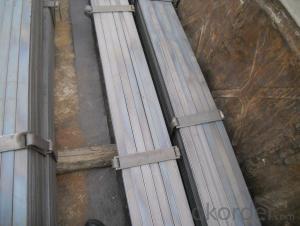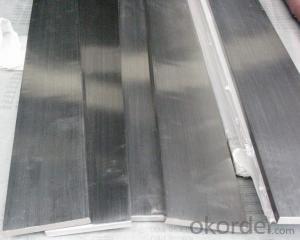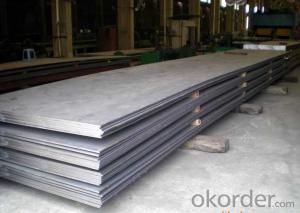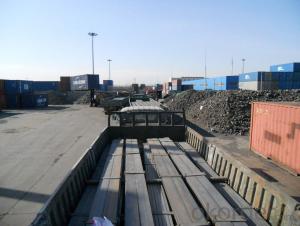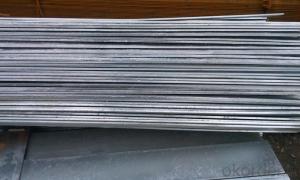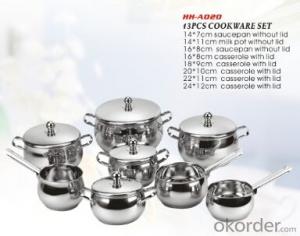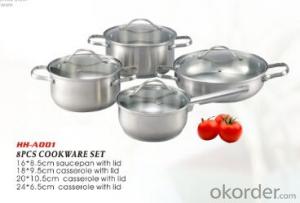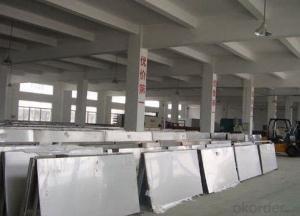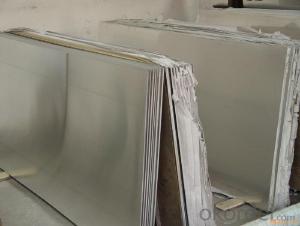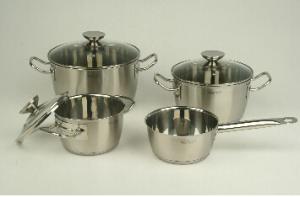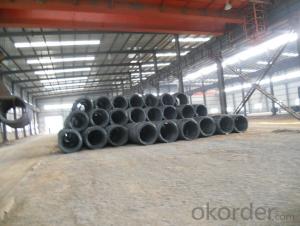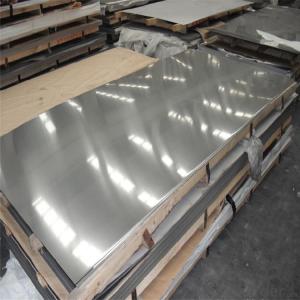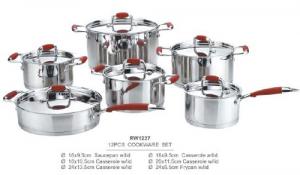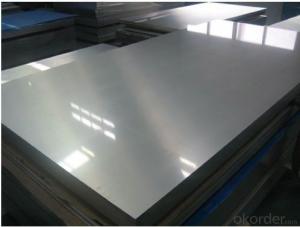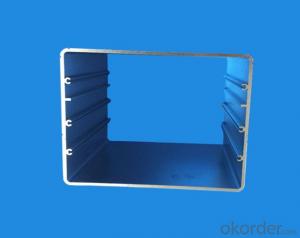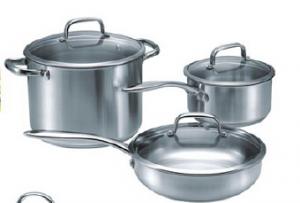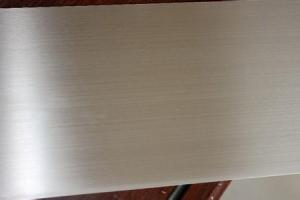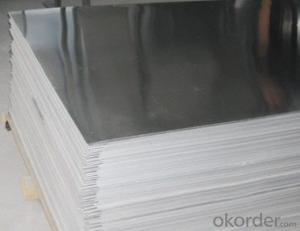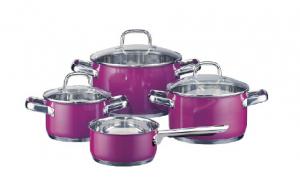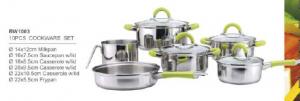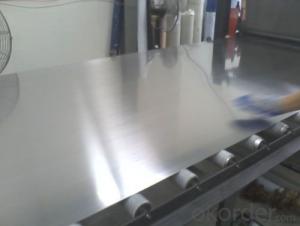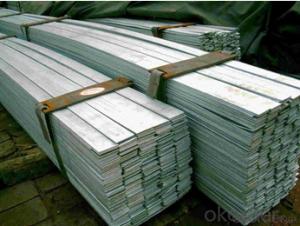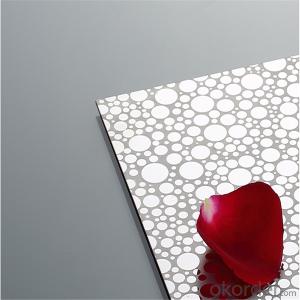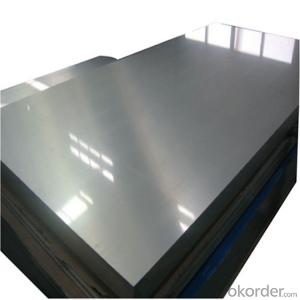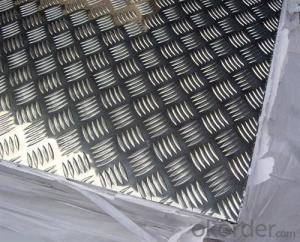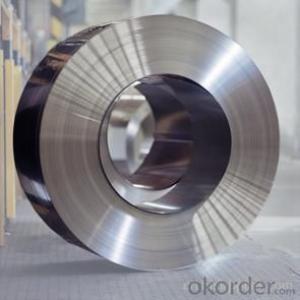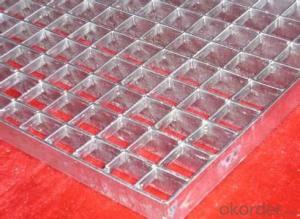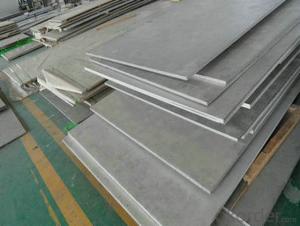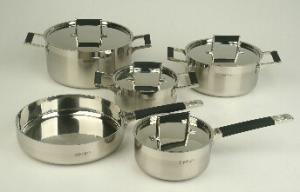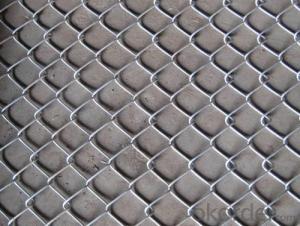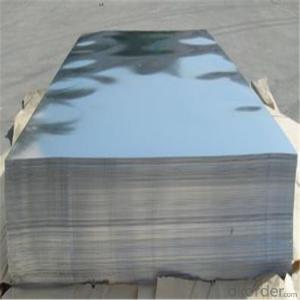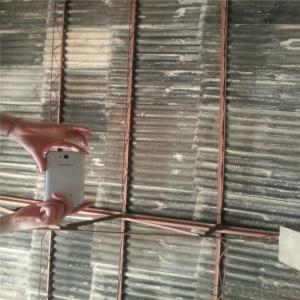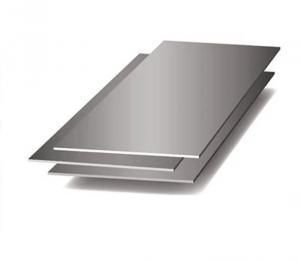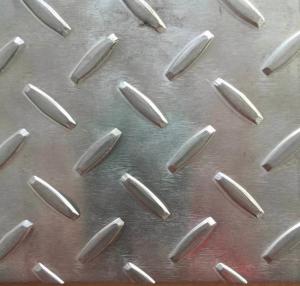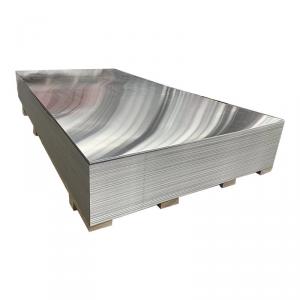1/4 In Stainless Steel Plate
1/4 In Stainless Steel Plate Related Searches
1/4 In Aluminum Plate 1 4 Stainless Steel Plate 1/4 Aluminum Plate 1/4in Aluminum Plate 1/4 Inch Aluminum Plate 1/4 Stainless Steel Tubing 1/4 Thick Aluminum Plate 1/4 Inch Thick Aluminum Plate Aluminum 1/4 Plate Aluminum Plate 1/4 1/4 Plate Aluminum 1/4 Stainless Steel Rod Aluminum Plate 1/4 Thick Aluminum Plate 1/4 Inch Thick 3/4 Aluminum Plate 3/4 In Stainless Steel Pipe 1/2 In Aluminum Plate 3/4 Inch Aluminum Plate Bending 1/4 Aluminum Plate 1/4 Inch Aluminum Diamond Plate 1/4 Aluminum Plate For Sale 1/8 In Aluminum Plate 1/4 Aluminum Diamond Plate 1/4 Inch Aluminum Plate Near Me 3/4 Thick Aluminum Plate 3/4 Inch Thick Aluminum Plate 1/4 Inch Aluminum Plate Strength 1/4 Aluminum Plate Near Me 1/4 Inch Diamond Plate Aluminum 1 4 In Aluminum Plate1/4 In Stainless Steel Plate Supplier & Manufacturer from China
1/4 In Stainless Steel Plate is a popular choice among various industries due to its durability, corrosion resistance, and strength. This type of stainless steel plate is commonly used in construction, automotive, aerospace, and food processing industries, where its properties make it an ideal material for a wide range of applications. Its versatility allows it to be used in both functional and decorative purposes, making it a preferred option for many projects.The 1/4 In Stainless Steel Plate is widely utilized in applications such as structural components, architectural cladding, and equipment fabrication. Its resistance to rust and staining makes it suitable for outdoor use, while its ability to withstand high temperatures and corrosive environments makes it ideal for industrial applications. The product's aesthetic appeal also makes it a popular choice for decorative purposes, such as in the creation of furniture, countertops, and other design elements.
Okorder.com is a leading wholesale supplier of 1/4 In Stainless Steel Plate, offering a vast inventory to cater to the diverse needs of customers. With a commitment to quality and customer satisfaction, Okorder.com ensures that the 1/4 In Stainless Steel Plate is available in various sizes, grades, and finishes to meet specific project requirements. This extensive selection makes Okorder.com the go-to source for those seeking a reliable and comprehensive supplier of stainless steel plates.
Hot Products
